
Managing email threads properly is essential for staying organized and improving productivity. Outlook offers Conversation View, which helps group related emails, but it comes with limitations. It doesn’t allow manually merging separate threads or preventing them from splitting when someone changes the subject line.
This guide will walk you through how to use Outlook’s built-in tools to group emails efficiently, clean up conversations, and apply best practices to keep your inbox structured. If you need more control, we’ll also explore workarounds and third-party options to merge or manage email threads more effectively.
How Outlook Handles Email Threads
An email thread or conversation is a series of emails linked by subject and participants. Outlook attempts to group emails into threads based on these factors. However, small changes—such as a slightly altered subject line—can cause messages to break into separate conversations.
Outlook’s Conversation View solves part of this problem by organizing emails based on the same subject line. Instead of seeing scattered individual messages, you’ll see a single expandable thread that contains the entire discussion.
Limitations of Outlook’s Conversation View
- If someone modifies the subject line in a reply, Outlook will treat it as a separate conversation.
- If different team members reply at different times instead of responding directly within the thread, their emails won’t be linked.
- Outlook does not allow users to manually merge separate conversations into a single thread.
Despite these limitations, enabling Conversation View is the first step to reducing inbox clutter and improving organization.
Enabling Conversation View in Outlook
To ensure your emails are grouped correctly, enable Conversation View in Outlook.
Steps for Outlook Web
- Open Microsoft Outlook in your web browser.
- Click on the View tab in the top menu. Select Messages.
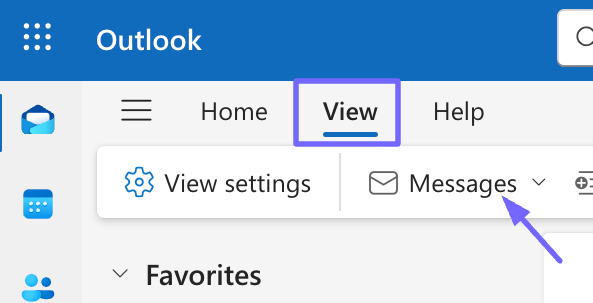
- A dropdown will appear. Hover over Conversations and check " Group into conversations."
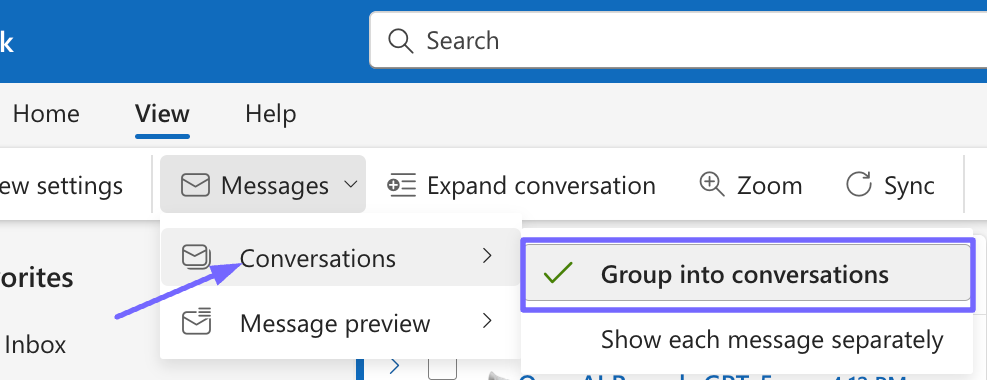
Steps for Outlook Desktop (Windows & Mac)
- Open Outlook.
- Click on the View menu.
- Select "Show as Conversations."
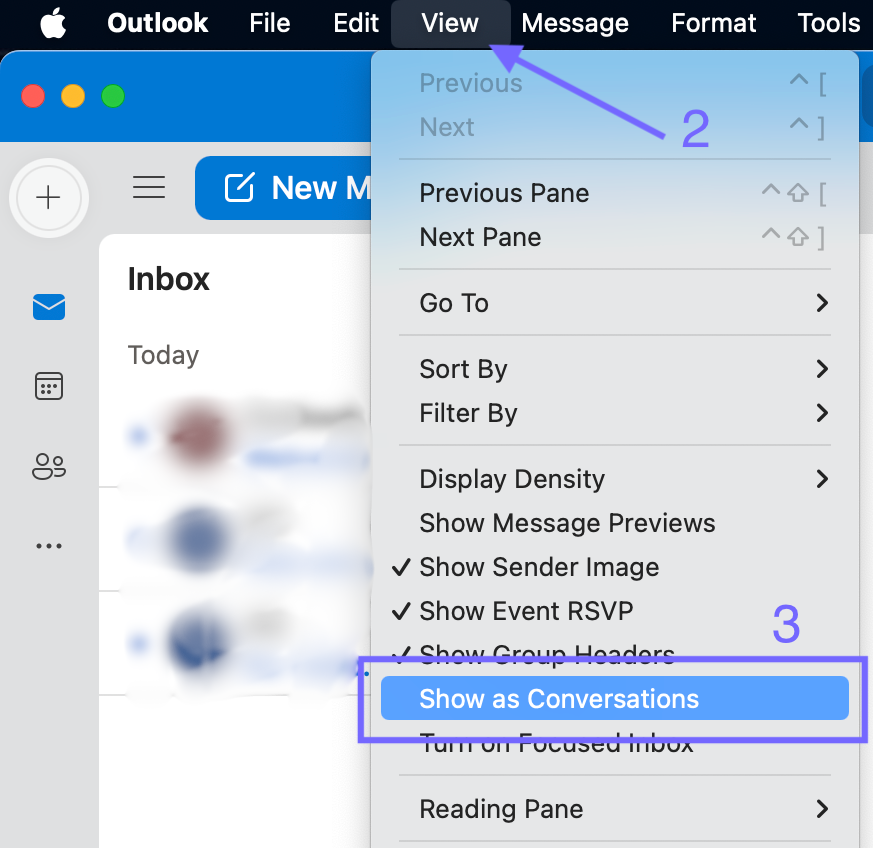
Steps for Outlook Mobile (iOS & Android)
- Outlook mobile automatically groups emails into threads by default.
- If you want to disable it, go to Settings > Organize Mail by Thread and toggle it off.
Customizing Conversation View for Better Organization
Once enabled, you can adjust Conversation View settings to better suit your needs.
How to Modify Conversation View Settings
- Click on the View tab and select "View settings."
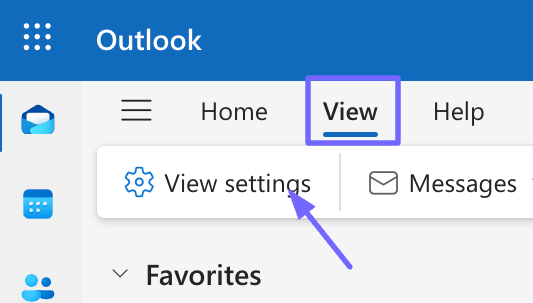
- Customize how emails appear by choosing:
- Show Messages from Other Folders – Displays related emails even if they are in Sent Items, Drafts, or other folders.
- Show Senders Above the Subject – Displays the sender’s name before the subject line for quicker identification.
- Always Expand Selected Conversation – Automatically expands a thread when selected.
- Use Classic Indented View – Shows replies in an indented format, similar to a traditional discussion forum.
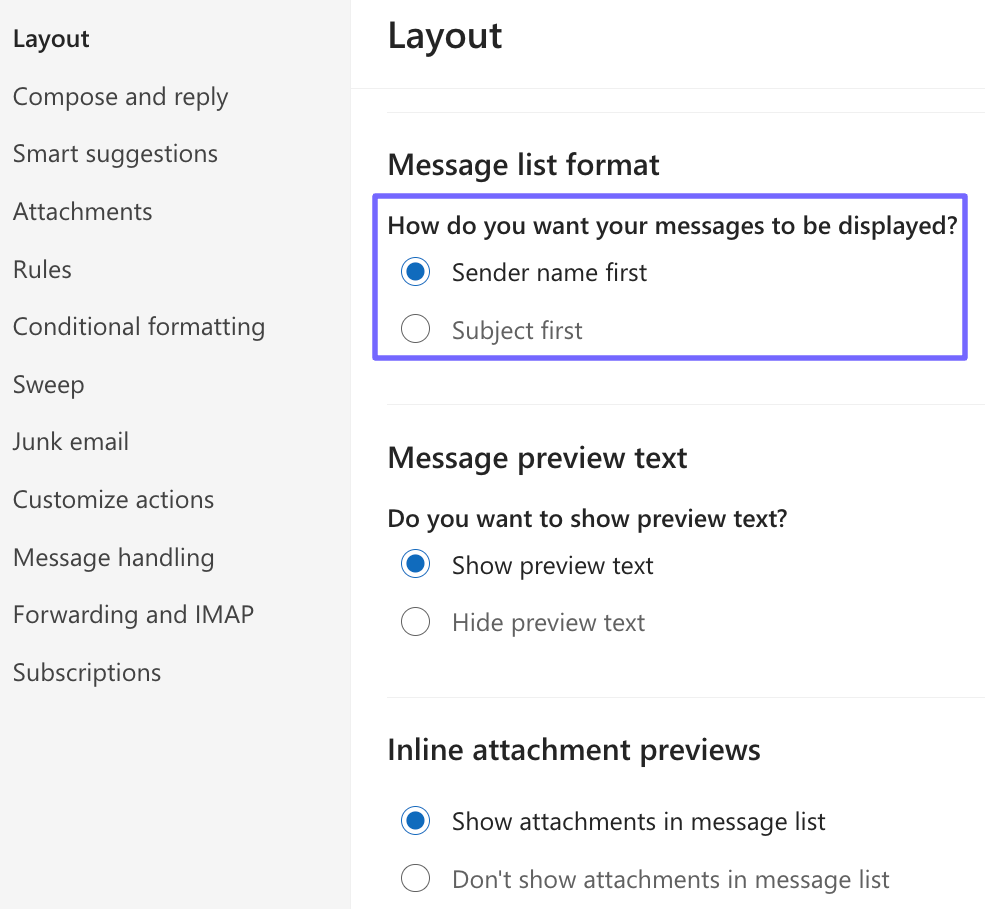
Why This Matters
If you often move emails to different folders (such as archiving completed conversations), enabling "Show Messages from Other Folders" ensures you still see all related emails within a thread, regardless of location. This prevents conversations from appearing incomplete.
Cleaning Up Conversation Threads to Remove Clutter
Over time, long email threads become cluttered with redundant replies, where people repeatedly quote earlier messages. Outlook’s Clean Up tool helps streamline these threads by automatically removing duplicate content.
How the Clean Up Tool Works
- It removes messages that are fully quoted in later replies.
- It does not delete messages that introduce new information.
- The cleaned-up messages are moved to Deleted Items, allowing you to restore them if needed.
How to Use the Clean Up Tool
- Open the conversation you want to clean up.
- Click on the Home tab.
- In the Delete group, click "Clean Up."
- Choose "Clean Up Conversation" to remove duplicate messages.
- Confirm by clicking Clean Up.
Regularly using this feature prevents conversations from becoming overly long and difficult to follow.
Troubleshooting Conversation View Issues
Even after enabling Conversation View, some emails might not appear correctly. Here’s how to fix common issues:
Conversation View is Greyed Out
- This happens when emails are not sorted by date.
- Fix: Click the sorting button (two arrows) and click “Date” to re-enable the option.
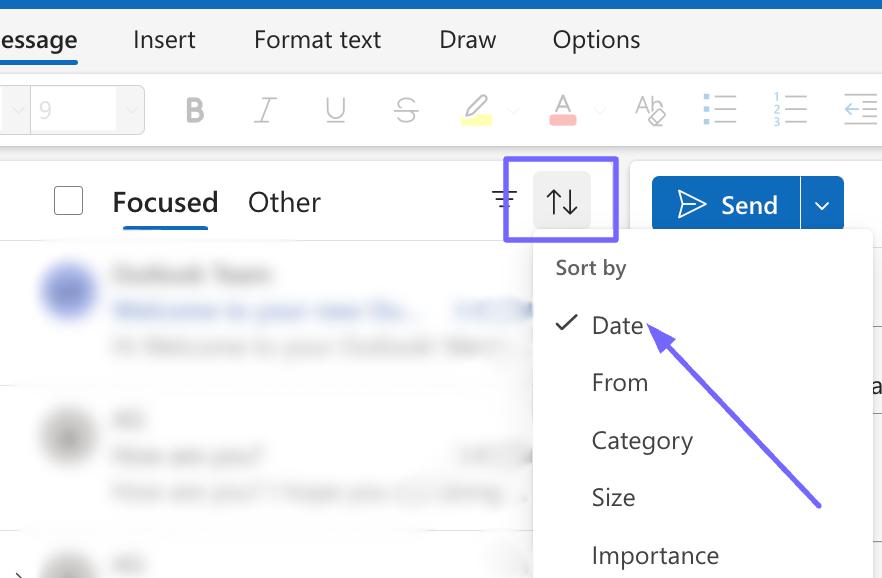
Some Emails Aren’t Included in the Thread
- This can happen if the emails are stored in different folders.
- Fix: Enable "Show Messages from Other Folders" in Conversation Settings.
Workarounds for Merging Email Threads in Outlook
Since Outlook doesn’t allow manual merging of conversations, here are some alternative methods to keep related emails together.
Option 1: Forward All Emails into a Single Thread
- Open one of the emails in the thread.
- Click "Forward" and attach other related emails.
- Send it to yourself or relevant recipients as a consolidated message.
Option 2: Use a Shared Notebook or Document
- Copy important messages into OneNote or a shared Google Doc to keep all information in one place.
- This is useful for discussions that span multiple disconnected email threads.
Option 3: Use MailMaestro for AI-powered Thread Summarization
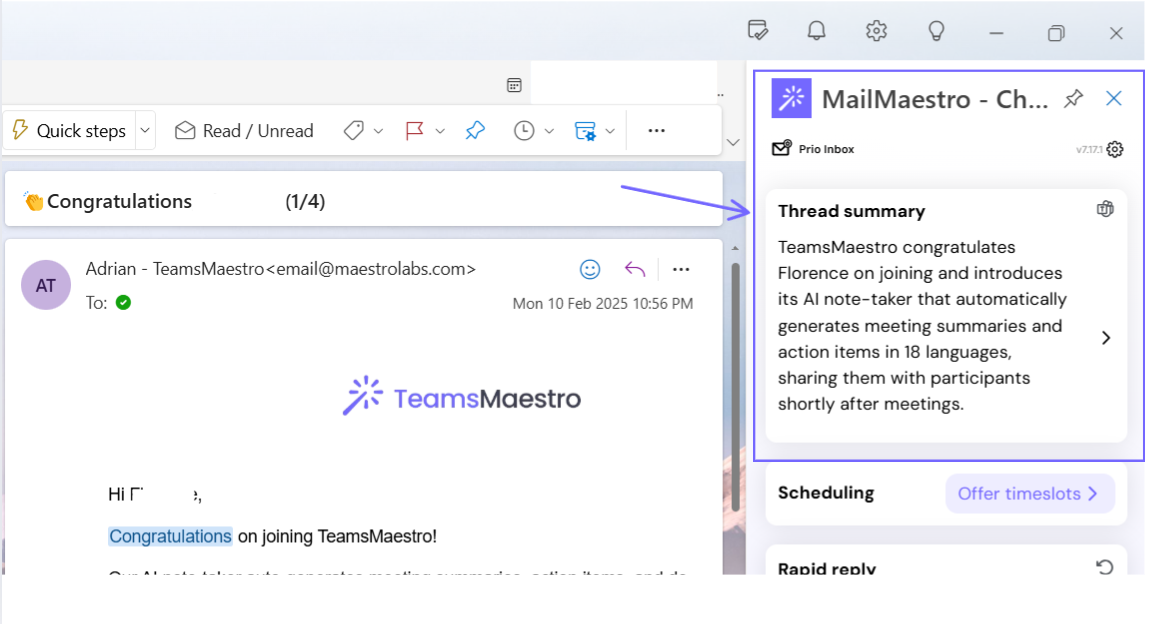
If your email threads are long and difficult to follow, MailMaestro is an AI email assistant that can automatically summarize email threads to give you a quick overview of key points.
- It extracts important details from long conversations, saving time in reading multiple replies.
- It works within Outlook and other email platforms, helping you find relevant information faster.
- Instead of manually searching through multiple emails, MailMaestro provides a concise summary so you can understand the discussion at a glance with its priority inbox feature.
This is particularly useful for project updates, team discussions, or client communications, where email threads often get lengthy and unmanageable.
Conclusion: Taking Control of Your Outlook Inbox
Outlook’s Conversation View helps group related emails, but it often falls short when threads split, leaving important details scattered. That’s where MailMaestro comes in—it pulls everything together by summarizing long conversations, so you don’t have to dig through endless emails to find what matters.
Instead of wasting time sorting through clutter, let MailMaestro do the work for you. Get clear, concise email thread summaries at a glance and stay on top of your inbox effortlessly. Try it today and see the difference.
Frequently Asked Questions (FAQs)
Can I manually merge two separate conversations in Outlook?
No, Outlook does not offer a built-in way to merge email threads. However, you can forward messages into a single email or use third-party tools to consolidate discussions.
Why do my emails keep splitting into different threads?
If someone modifies the subject line, Outlook treats it as a new conversation. Also, if different people reply at different points instead of replying directly within the thread, their messages won’t be grouped.
Is there a way to permanently link emails together?
No, Outlook relies on subject lines to determine threads. The only way to manually link messages is to forward them into a single conversation.



follow-up on our previous call, ask if he’s ready to start cooperation let him know that our discount ends tomorrow ask him if he had time to calculate roi













